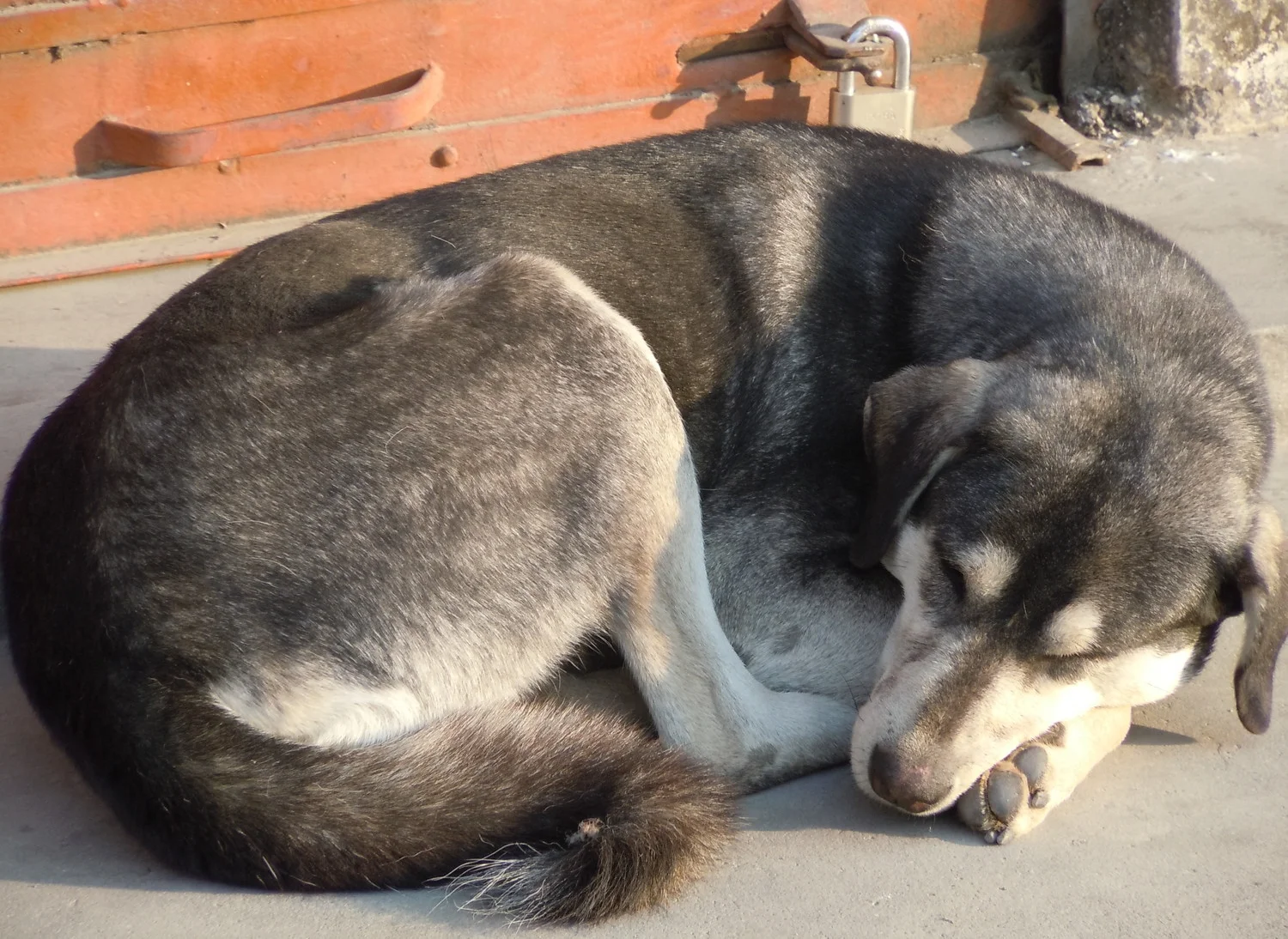“When we give cheerfully and accept gratefully, everyone is blessed.”
Thanksgiving is a whirlwind of activity: cleaning, shopping, cooking, cleaning, driving, making beds, doing laundry, raking leaves, cooking, baking, cleaning. Thanksgiving is a holiday whose sole purpose is appreciation and gratitude and yet with all of this activity—the purpose more often feels like getting to the other side of it. You want it go well, you want it to go smoothly, you want it to be done.
Thanksgiving is a holiday I have shared with a lot of families and friends over the years—and though the basic outline of the celebration was the same (people, turkey, gathering) –what made each Thanksgiving sparkle so differently was the areas of joy that each host had—whether it was the traditional drinks or appetizers of that family, the walk in the woods, the way they set their tables, the work in the kitchen, the love of football, the traditional thanksgiving movie, stories at the table. There was always something that was so dear to their hearts that they were able to share a heart-full of appreciation and gratitude in whatever that was for them. So many years later I don’t remember whether the day went without a hitch, or whether everything was ‘perfect’—I remember the joy of whatever they really wanted to share. Those moments of joy have stayed with me, and every Thanksgiving I think of those moments, and the people who so generously shared them with me.
So, how do you slow down enough in the midst of all this busyness? How do you experience the joy of the day and share that joy with the people around you? The answer is always mindfulness. Mindfulness is the practice of being in the present moment and the research on mindfulness tells us that even moments of mindfulness are enough to shift our mood to a more positive place and supports our health and well-being. Just moments. This is really the practice of being where your feet are, as my therapist so often reminds me. In fact—a simple practice to be where your feet are is simply to wiggle your toes. Feel your feet. If you are standing, feel the ground beneath your feet.
Amidst all of the busyness of the day—can you remind yourself to take a breath and be where you are? Look around and smile, even as you know that your kitchen is a disaster of flour and gravy? Even as you know that everything is not going to be done when you planned? In fact---can you even be so radical as to enjoy the chaos for a moment? Look at it, laugh and see the big picture?
One of my favorite Thanksgiving memories was in fact one of my biggest Thanksgiving mistakes. I had gotten up early to get two large turkeys in the oven. My mother-in-law had left me a big bowl of onions and celery and instructions that dried sage was hanging in their walk-in entry. I made the stuffing, found the sage, stuffed the turkeys and everyone came down to breakfast. My mother-in-law went in to the entry and asked why I hadn't used the sage. I said I had and pointed to it. Only it wasn't the sage. I had used Artemesia Silverking--a dried perennial that looks somewhat like sage. There were a few moments of panic as we read whether Artemesia was poisonous. And then lots of laughter after we found it out it wasn't poisonous, in fact it was used as an herbal remedy: it was an aphrodisiac.
People don’t remember perfection and neither will you. It’s like going to a concert or an opera – you don’t remember all the words of the songs you hear—but somehow you take refrains of the melodies with you. You remember the colors and the music. So slow down enough to listen to the melodies. Slow down enough to dance with the people who are around you. Slow down enough to hum your joy of the day, and share your song with others.
© Gretchen L. Schmelzer, PhD 2014




